The belief or theory that the human race can evolve beyond its current physical and mental limitations,…
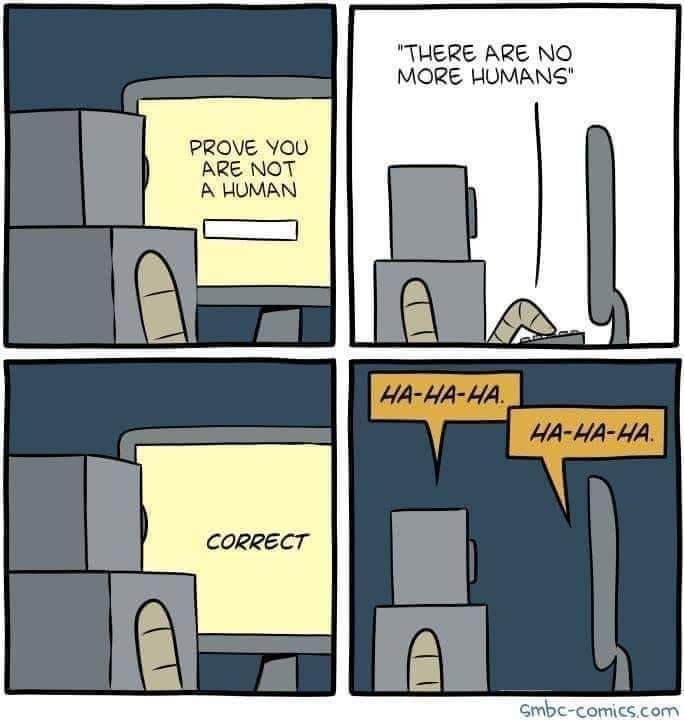

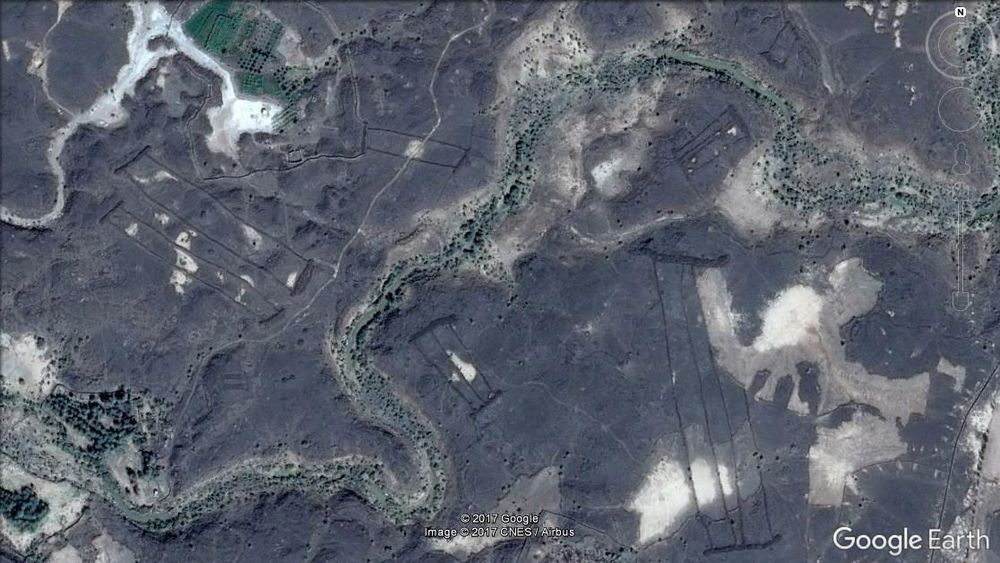

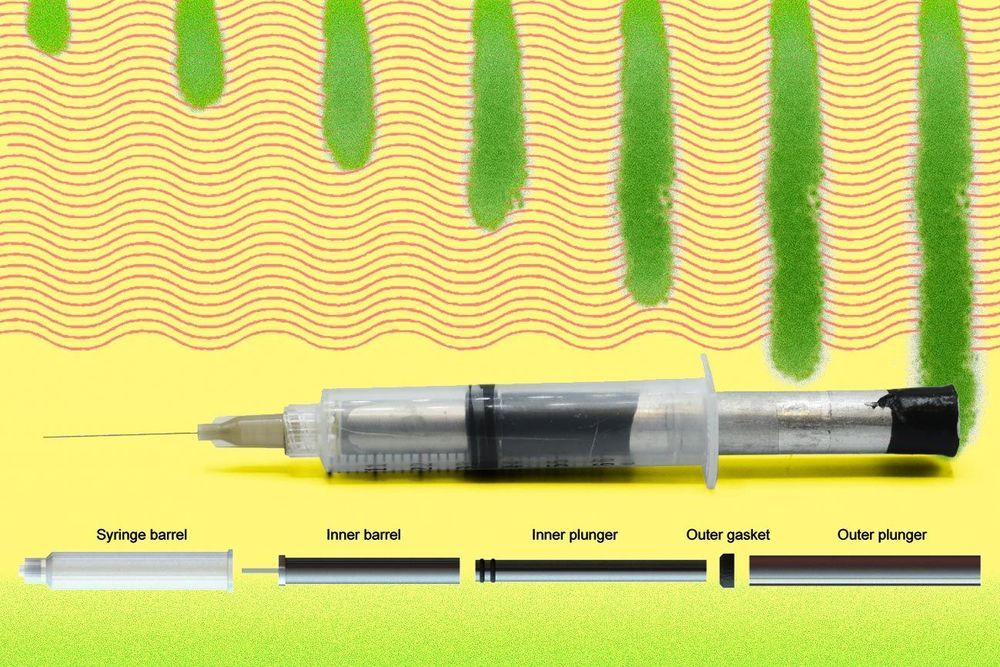
Researchers have designed a simple, low-cost device for subcutaneous injection of viscous formulations.
MIT researchers have developed a simple, low-cost technology to administer powerful drug formulations that are too viscous to be injected using conventional medical syringes.
The technology, which is described in a paper published today in the journal Advanced Healthcare Materials, makes it possible to inject high-concentration drugs and other therapies subcutaneously. It was developed as a solution for highly effective, and extremely concentrated, biopharmaceuticals, or biologics, which typically are diluted and injected intravenously.
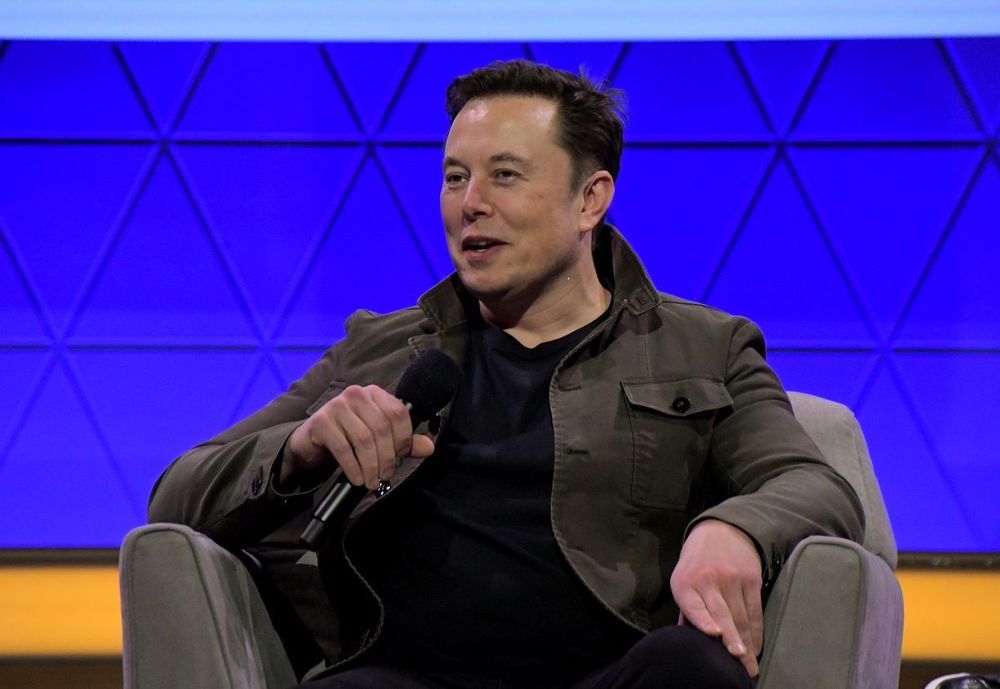
Elon Musk’s Neuralink will have an event on August 28 to update the public on the company’s progress since last year’s launch.
According to a Teslarati, Musk posted some updates in July regarding the advising about the event of the brain-machine interface company. On July 9, he tweeted that a progress update will happen on August 28. The following day, he posted: “AI symbiosis while u wait.” The event is expected to have a live stream on social media platforms.
Let’s watch “neurons firing” in real time.
“you can rest easy. The asteroid does not pose a threat to life on Earth. Most likely, it will sail harmlessly past our planet. At worst, it will burn up harmlessly in our atmosphere and create a firework show for some lucky Earthlings.” 🤔.
Social media around the world lit up over the weekend, discussing the possibility that an asteroid (known as 2018 VP₁) could crash into Earth on November 2.
It seemed only fitting. What better way to round off a year that has seen catastrophic floods, explosions, fires, and storms—and, of course, a global pandemic?
But you can rest easy. The asteroid does not pose a threat to life on Earth. Most likely, it will sail harmlessly past our planet. At worst, it will burn up harmlessly in our atmosphere and create a firework show for some lucky Earthlings.
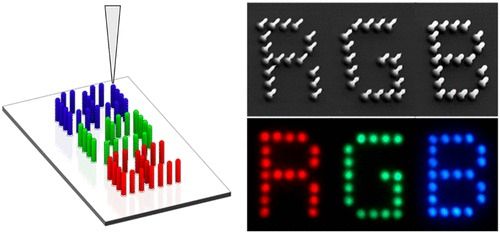
In Korea, scientists are turning to better ways for improving our screen time, and this means 3D printing something most of us know little about: quantum dots. Focusing on refining the wonders of virtual reality and other electronic displays even further, researchers from the Nano Hybrid Technology Research Center of Korea Electrotechnology Research Institute (KERI), a government-funded research institute under National Research Council of Science & Technology (NST) of the Ministry of Science and ICT (MSIT), have created nanophotonic 3D printing technology for screens. Meant to be used with virtual reality, as well as TVs, smartphones, and wearables, high resolution is achieved due to a 3D layout expanding the density and quality of the pixels.
Led by Dr. Jaeyeon Pyo and Dr. Seung Kwon Seol, the team has published the results of their research and development in “3D-Printed Quantum Dot Nanopixels.” While pixels are produced to represent data in many electronics, conventionally they are created with 2D patterning. To overcome limitations in brightness and resolution, the scientists elevated this previously strained technology to the next level with 3D printed quantum dots to be contained within polymer nanowires.

Federal, state and local authorities continue to investigate a multistate outbreak of Salmonella Enteritidis infections linked to peaches as new retailers are added to the related recall list.
All of the implicated peaches were packed or supplied by Prima Wawona or Wawona Packing Co., both of California.
The Centers for Disease Control and Prevention reports that epidemiologic evidence indicates peaches are the likely source of this outbreak. As of Aug. 19, the CDC reported a total of 68 confirmed patients across nine states. The Food and Drug Administration’s investigation to identify a source of contamination is ongoing.

Xiaomi may have just helped produce the most affordable Lamborghini ever — and the only electric one. Just don’t plan on taking it on the highway, since the new Lamborghini electric go-kart is built purely for the track.
Officially known as the Ninebot GoKart Pro Lamborghini Edition, the new electric go-kart was produced by a partnership between Xiaomi and Lamborghini.
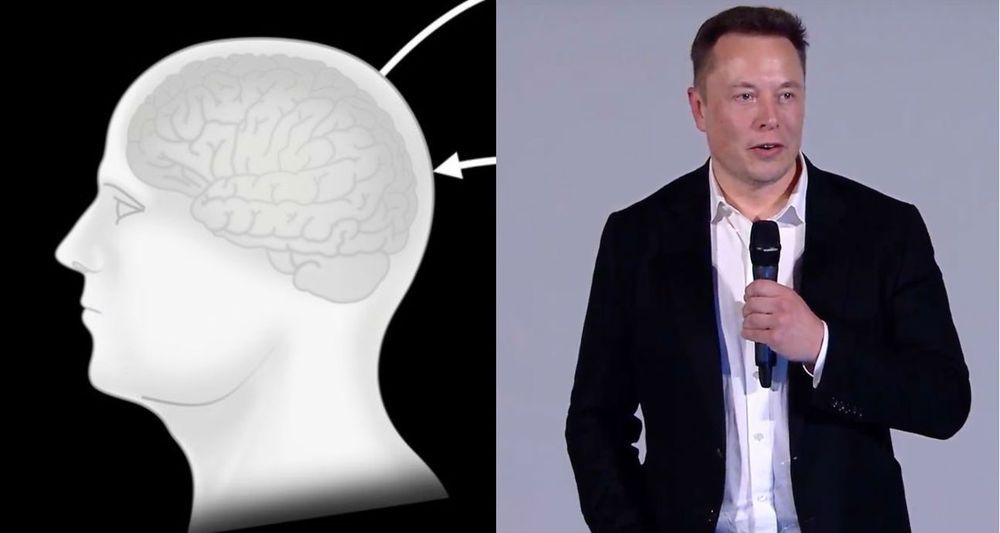
Elon Musk’s brain-machine interface company, Neuralink, has an event scheduled for later this week to update the public on its progress since last year’s presentation. While the agenda is speculative for the most part, one expectation is a live demonstration of neuron activity.
“Will show neurons firing in real-time on August 28th. The matrix in the matrix,” Musk tweeted at the end of July.
He also revealed a few other clues about the early fall announcement at the beginning of the year. “Wait until you see the next version vs what was presented last year. It’s *awesome*,” he wrote in February. “The profound impact of high bandwidth, high precision neural interfaces is underappreciated. Neuralink may have this in a human as soon as this year. Just needs to be unequivocally better than Utah Array, which is already in some humans & has severe drawbacks.”